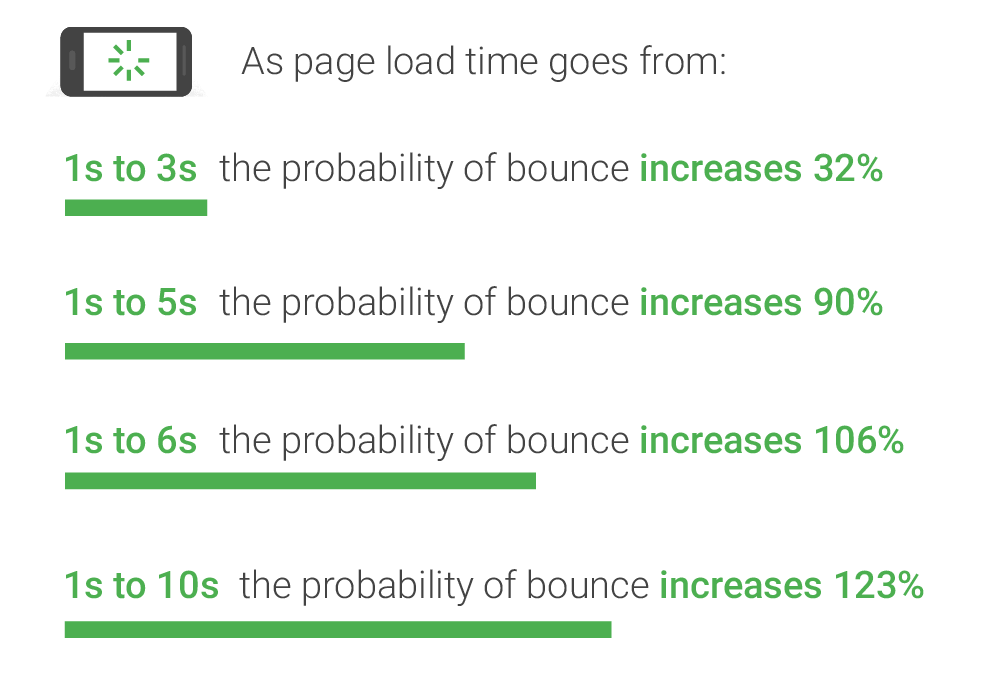TNS Experts
This post was submitted by a TNS experts. Check out our Contributor page for details about how you can share your ideas on digital marketing, SEO, social media, growth hacking and content marketing with our audience.
Local search engine optimization is how businesses improve their online presence specifically for local target audiences. Learn the SEO Ranking Factors To Look Out For In 2021
Similar to how smartphones are updated with newer, better versions every couple of months; Search Engine Optimization (SEO) strategies, too, get an 'upgrade.' In fact, Google itself claims that it makes thousands of updates to search algorithms every year!
While it may not be possible to be updated with all these changes, it is possible to make a note of the most interesting ones and, more importantly, preempt them if marketers wish to stay ahead of the game. But what is SEO, anyway?
SEO is the art and science of improving your website's footfall organically by using the right keywords, phrases, content, etc. The end-goal is to enhance the overall quality, quantity, and reach of your website's traffic through non-paid means.
It's also important to note that SEO is as much about understanding your target audience as it is about getting to know the 'technicalities.' It allows you to answer important questions such as:
It is critical that you know your audience’s sentiments and intent so that you can connect with them organically and sustainably. All things said and done, your marketing strategy is incomplete without integrating the most useful and latest SEO strategies, which begs the question:
What Is Changing In SEO?
There have been some major developments that are driving the SEO landscape, such as Google Web Stories, Core Web Vitals, the increased use of voice search assistants, etc.
Plus, a substantial Google Page Experience update is due to come in next year, which is already creating a lot of buzz. According to Google's website:
The page experience signal measures aspects of how users perceive the experience of interacting with a web page.
In addition to the more tangible factors, we can see a zeitgeist shift happening in good SEO practices—the shift from traditional SEO to a more focused one creating a stellar user experience. To that end, here are the top-7 SEO factors to keep in mind when rethinking your website strategy. Let's jump right in.
Top-7 Important SEO Ranking Factors To Look Out For In 2021

"47% of consumers expect websites to load in two seconds or less."
Think of your website's page speed as the 'first impression' it will create in the user's mind. The faster your website page loads, the better your impressions are going to be. In fact, even Google's algorithm uses site (and hence, page) pages to rank pages.
So, what can you do to boost your page speed? Here are a few pro tips:
Bonus material: You can check your website's page speed using Google's PageSpeed Insights.
Let's just say that SEO and content optimization go hand-in-hand. Here are a few content best-practices to embrace right away:
Bonus material: For in-depth information on what constitutes high and low-quality content, refer to this guide.
An extension of the previous point, the idea is to put your audience's needs front and center of the webpage. How can you do so? By:
In March 2020, Google announced that it is switching to mobile-first indexing. In other words, it will index the mobile version of your website first instead of looking at the desktop version. In order to create a mobile-responsive design, try these handy tips:

Basically, your website should seamlessly adapt to the platform/device/browser it is being viewed on, such as mobile, desktop, tablet, etc.:

Bonus material: Test your website's mobile-friendliness with this tool.
A rather controversial topic, however, your website's 'age' matters when it comes to search engine rankings. Why? Because the assumption is that if your website has managed to stick around for longer periods of time, it must be churning out quality content that's keeping your audience hooked. Next, let's look at your URL structure. Your URL is indicative of what the webpage is all about; hence it needs to be well-crafted. Here's some ultra-useful information on URL best-practices:

Finally, let's look at the third component - "Authority." To deem your website authoritative, Google gives weightage to two critical factors:
A. Quality and relevant content
B. External citations links
Google uses its PageRank algorithm to understand a webpage's relevance and importance.

User experience (UX) has become every website's fundamental mantra to enhance their user's experience and keep them engaged. If you wish to gauge your website's UX effectiveness, look towards Google's HEART Framework created by Google’s Kerry Rodden. This important framework reviews user happiness across 5 important metrics:
On the other hand, you also need to keep track of a technical SEO checklist and make sure your website adheres to them. These include:
Link building refers to getting quality external websites to link back to your website. In Google's eyes, the use of good quality links in your site means that your website doubles up as a quality resource worthy of citation. This strategy can boost your website's traffic as well as authority.
Unknown to many, brand building and SEO building should be done together and in sync. Why? Because both these factors care about the same factors - your website's user experience, its speed and designing, its mobile-friendliness and credibility, and so on. In fact, Google is known to give established brands the 'benefit of the doubt' - a luxury which smaller, non-branded counterparts don't get to enjoy.
So how can you build your brand and leverage the benefits of brand recognition? Here's how:
So there you go. These were the top-7 SEO metrics to watch out for in 2021.
Everyone wants a bite of SEO success. More importantly, they want Google's undivided attention when it comes to their website pages. However, they make the mistake of treating SEO as an afterthought instead of integrating important metrics right from the very beginning.
That said, keep the factors outlined above in mind and win back search traffic you're losing to your competitors organically. Are you pumped yet? We thought so.
You’ll also receive some of our best posts today

This post was submitted by a TNS experts. Check out our Contributor page for details about how you can share your ideas on digital marketing, SEO, social media, growth hacking and content marketing with our audience.
When it comes to influencing the buying decision of...
Recognizing top performance and building a culture of excellence...
Every business owner wants to increase website traffic to...

User reviews are a game-changer for e-commerce. Consumers rely heavily o...
Don’t miss the new articles!